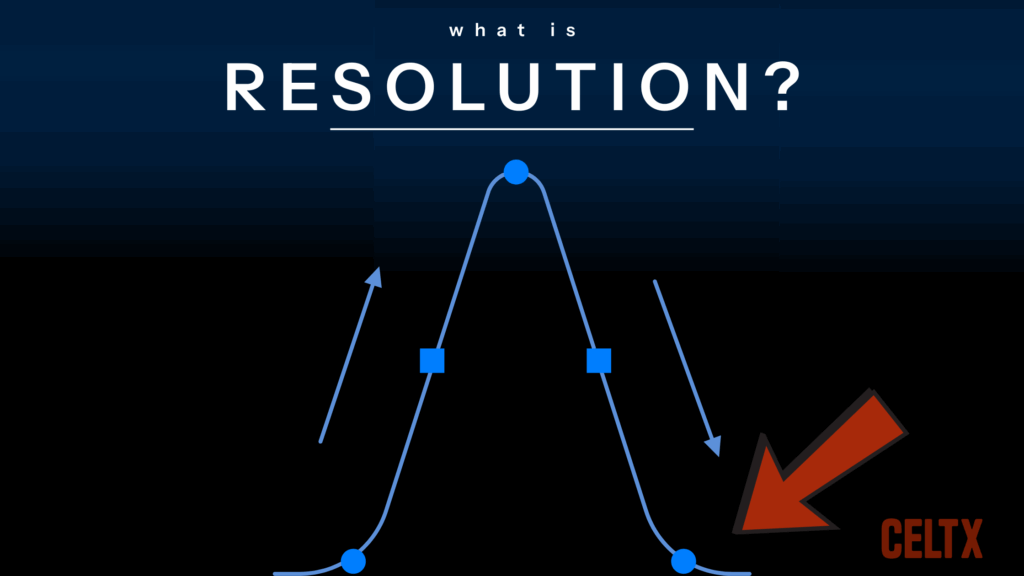
The resolution tends to be the part of the story that gets less amount of love than it deserves. As writers, we spend pages and pages setting up characters, perfecting our inciting incident, and crafting the perfect story climax. But if your story doesn’t conclude in the right way, none of that matters.
So, what is a resolution in storytelling? Why does it matter so much? Where does it fit in within story structure? How do you ensure your resolution delivers the emotional punch your screenplay needs? In today’s blog we’ll answer all of your questions and more. It wouldn’t be a Celtx blog without some killer examples of some of the best resolutions in film and TV! We all need a little inspiration at times!
“The hard part about writing a novel is finishing it.” – Ernest Hemingway
Without further ado, let’s get started!
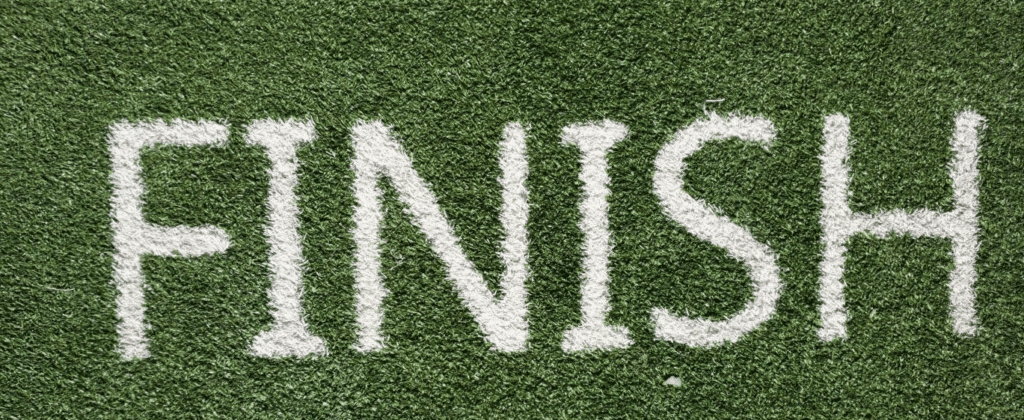
Table of Contents
- What is a Resolution in a Story?
- Why Resolutions Matter in Film
- Where the Resolution Happens in a Screenplay
- Types of Story Resolutions
- Famous Examples from Film & TV
- Common Mistakes to Avoid
- How it Connects to the Rest of Your Structure
- FAQ
- Conclusion
What Is a Resolution in a Story?
The resolution is the final section of your screenplay where the central conflict concludes, and the story’s emotional arc wraps up.
This part of the story will typically follow the climax and provides closure for your characters and audience.
So, where does it fit within story structure?
- The setup introduces a problem
- The conflict is the journey towards solving the problem
- The climax is the moment of highest tension
- The resolution answers the question ‘now what?’
If you take one thing from this article, it’s that the resolution isn’t just ‘what happens at the end’ but about ‘how the story ends and what it means’.
The resolution is where you reveal the consequences of your characters’ choices and actions. It doesn’t necessarily tie up every loose end, but it should leave your audience with a sense of thematic and emotional closure.
Why Resolutions Matter in Film
Resolutions give your story purpose. They transform a series of events into a meaningful arc. Just like:
- Andy giving away his toys at the end of Toy Story 3
- Red finding the box under the tree at the end of The Shawshank Redemption
Mia and Sebastian sharing a final glance at the end of La La Land

It’s moments like these that don’t just end the film but complete it.
If well-written, a resolution answers a story’s central dramatic question, revealing how your protagonist has, or hasn’t, changed. It delivers emotional payoff for your theme, character arcs, and conflicts.
Most important, a strong resolution helps your audience feel something, such as satisfaction, grief, inspiration or catharsis.
Where the Resolution Happens in a Screenplay
Most screenplays will be around 90-120 pages in length, which means the resolution will fall within the final 5-10 pages. In terms of structure, you’ll find the resolution will follow the climax (the moment when your protagonist confronts the main conflict head-on and either succeeds or fails).
“In the first act you get your hero up a tree. The second act, you throw rocks at him. For the third act you let him down.” – George Abbott
Here’s a simplified three-act structure, but you can find a more detailed version here.
ACT ONE – is the setup, pages 1-30
ACT TWO – is the conflict/plot development, pages 30-90
ACT THREE – is the climax (including falling action) and the resolution, pages 90-120
For example, if the climax hits around page 100, you have roughly 10-15 pages to resolve your story. But do keep in mind that the seeds of your resolution are planted long before this point within Acts One and Two.
In great screenwriting, the ending is set up from the very first page.
For example:
- In Get Out, the teacup we see isn’t just a random object but a crucial image in the climax and resolution.
- In the first scene of The Godfather, Don Corleone grants a favor, reflecting the final moments of the movie where Michael assumes power.

Many writers will know the ending before they even know how to get there. This can be a great way to work, and allow you to have an end goal, without meandering aimlessly through a story.
“If I didn’t know the ending of a story, I wouldn’t begin. I always write my last line, my last paragraph, my last page first.” – Katherine Anne Porter
Types of Story Resolutions
There is no one-size-fits-all when it comes to strong story resolutions. Your resolution should align with the tone, genre, and theme of your story.
Let’s take a look at some common types of resolutions and why they work in storytelling:
1. Happy Ending
No, the happy ending isn’t just reserved for fairytales or Disney movies. However, it’s an ending we all love to see, where the protagonist wins, learns, or finds peace and conflicts are resolved in a positive way.
You’ll find happy endings that provide closure and emotional satisfaction in movies like:
- Legally Blonde
- The Pursuit of Happyness
- Paddington 2
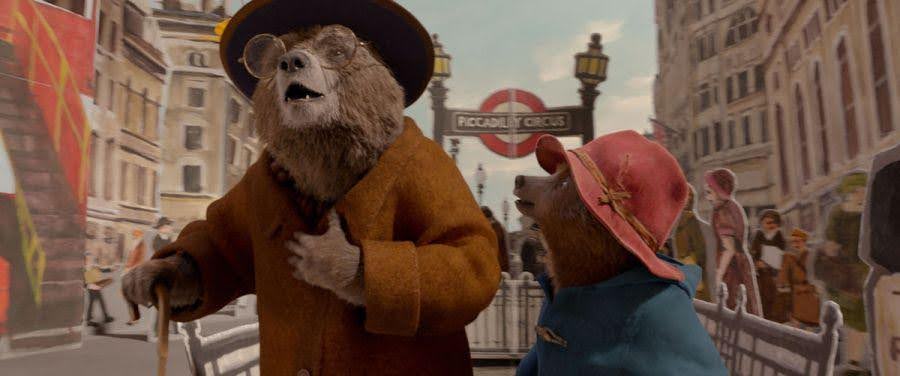
2. Tragic Ending
Next, we find ourselves down the other end of the resolution spectrum, with tragedies.
“You always get more respect when you don’t have a happy ending.” – Julia Quinn
Here, instead of succeeding, the protagonist fails, dies, or loses something vital, sometimes through their own flaws.
This happened in:
- Requiem for a Dream
- Atonement
- Gladiator
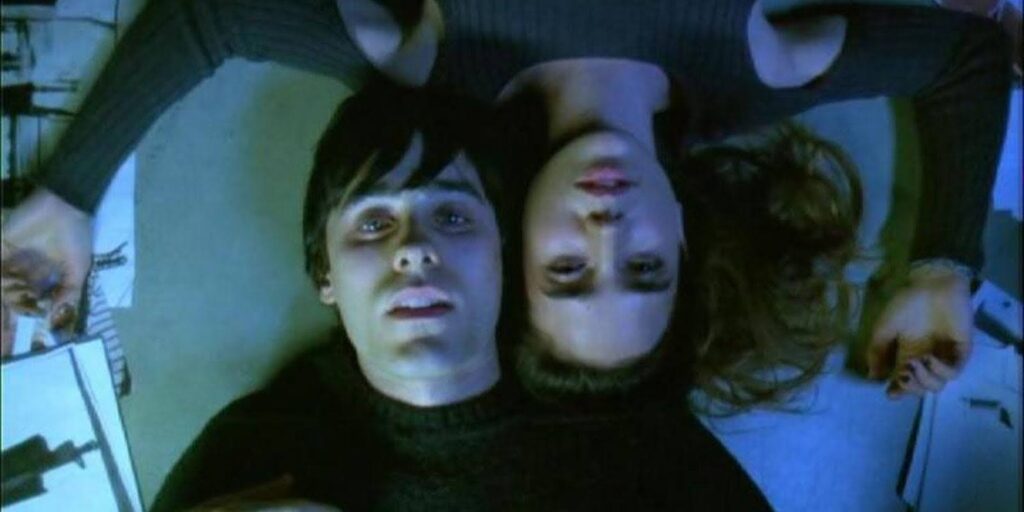
3. Bittersweet Ending
These are a mixture of the happy and tragic ending, including both gain and loss. Characters may grow or succeed, but at a cost.
This is the case in:
- La La Land
- Eternal Sunshine of the Spotless Mind
- The Fault in Our Stars
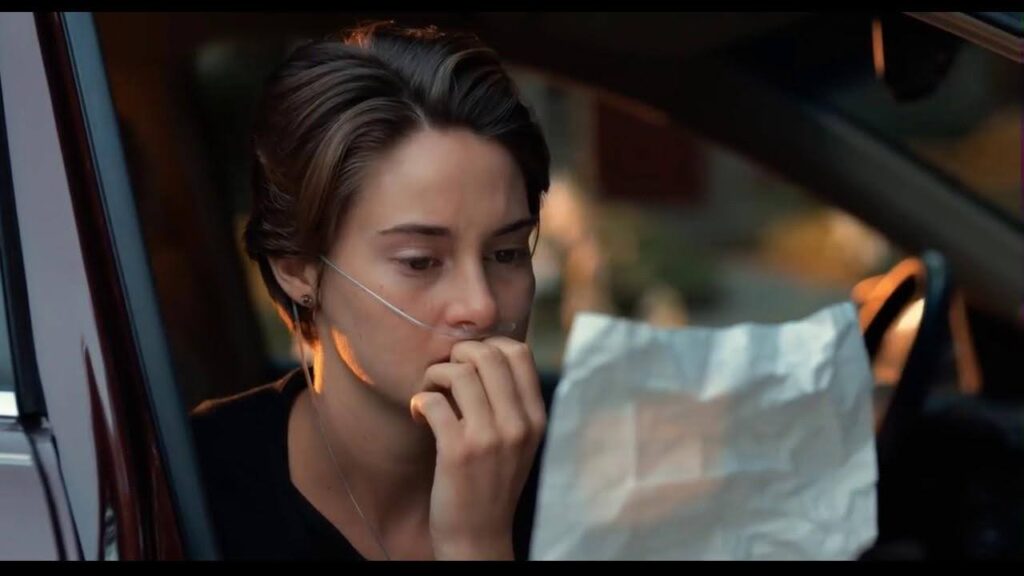
4. Open-Ended Resolution
The central conflict is resolved, or not. However, major questions are left unanswered.
Just like in:
- Inception (is the top still spinning?)
- The Graduate (what now?)
- No Country for Old Men
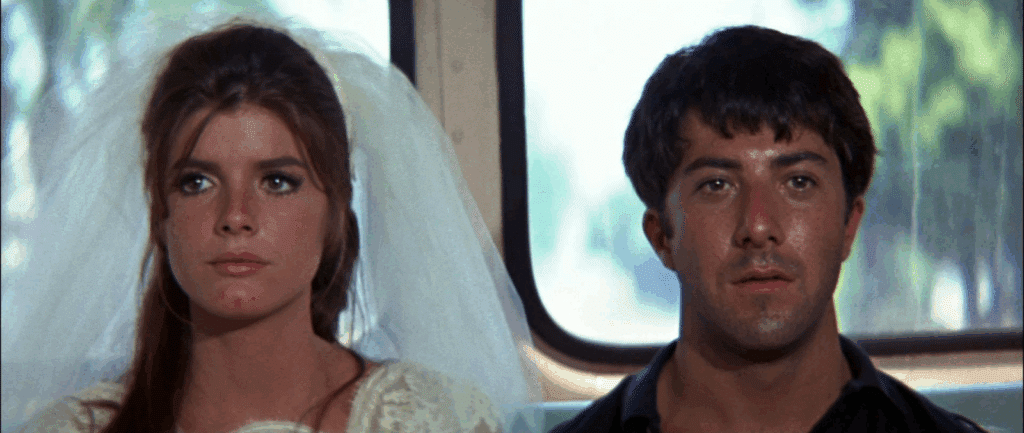
“End with an image and don’t explain.” – Stanley Kunitz
5. Poetic or Symbolic Ending
This resolution leans into metaphor or theme more than literal plot resolution, more like artistic expressions of the story’s deeper message.
This works well in:
- Birdman
- The Tree of Life
- Pan’s Labyrinth
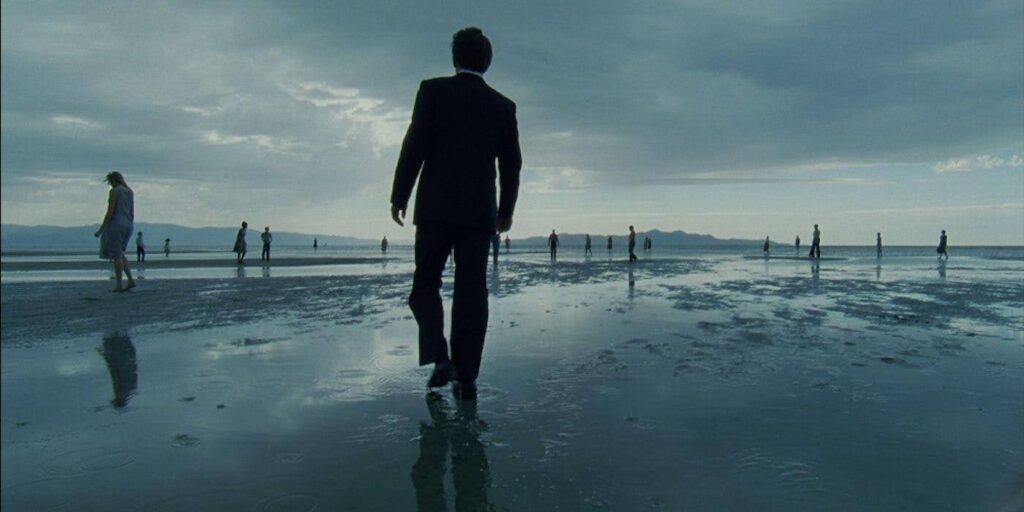
Famous Examples from Film & TV
While we may have whizzed through some examples already, it’s time to take a deep dive into some of the best resolutions in film and television history and explore what makes them tick.
1. The Shawshank Redemption (1994)
After years of imprisonment, Red finds freedom and hope by joining Andy on a beach. This resolution feels earned, poetic, and emotionally fulfilling.
An audience needs to come away from a story feeling satisfied, and The Shawshank Redemption makes sure that happens.
2. Breaking Bad (2008-2013)
If you hadn’t realized it already, we are huge Breaking Bad fans here at Celtx, and for good reason!
As the series concludes, we see Walter White dying on his own terms, surrounded by the consequences of his choices. His arc is complete: a good man turned villain, undone by pride.
3. Whiplash (2014)
Protagonist Andrew earns the approval of his abusive mentor, but at what cost? The final drum solo is a thrilling resolution that leaves us both exhilarated and uneasy. It’s an impactful bittersweet ending that stays with you.
4. Her (2013)
Here, our protagonist lets go of his AI lover and reconnects with humanity is a quiet reflective ending. It works especially well because it honors the film’s entire emotional journey.
Beat sheets can help you build toward a stronger resolution.
See Celtx’s beat sheet in action!
Common Mistakes to Avoid
You may have written an emotionally resonant and conflict-filled story, but unfortunately, it is possible for it to all fall apart during the final act, leaving the resolution to fall flat on its face.
Here are the common pitfalls to watch out for as you plan and end a story arc:
1. Don’t Rush the Ending
Your resolution should be anything but an afterthought. If you rush the ending, you can quickly undo all your careful buildup throughout the story.
2. Watch Out for Undeserved Outcomes
Characters should always earn their ending through their actions and growth. If they achieve their ending (a win or loss) and it doesn’t feel deserved, it can leave your audience feeling lost, and the ending false.
3. Complete Your Arcs
If your protagonist’s arc isn’t resolved, or if the emotional thread is dropped part-way through your story, audiences will feel cheated. Instead, make sure to tie everything up properly during your resolution.

4. Avoid Overexplaining
Like in exposition, avoid wrapping things up in a tidy monologue or info-dumping during your resolution. Let your visual storytelling do the work instead.
5. Don’t Confuse Ambiguity with Depth
An open-ended resolution doesn’t mean it should be vague. An ambiguous ending should still feel intentional, meaningful and make sense within the story you’re telling.
How It Connects to the Rest of Your Structure
Your resolution should never exist in isolation but tie nicely onto the end of your script. It’s a culmination of everything that came before it during the first and second acts.
As you start to plan your resolution, make sure to consider:
- Character arcs (has your protagonist changed? If so, how?)
- Theme (what is your story really about?)
- Conflict (is the central conflict resolved, transformed, or ongoing?)
For instance, in Arrival, the entire story structure loops back on itself. Once we understand the twist, the resolution isn’t just satisfying but redefines the story events and characters that came before it.
Take a look for yourself:
When planning your plot, and writing it, consider your resolution as a mirror to the beginning. What has changed? What has stayed the same? What does it all mean?
“If you have a problem with the third act, the real problem is in the first act.” – Billy Wilder
Writer and YouTuber Alyssa Matesic also gives some fantastic advice on writing awesome resolutions. Check out a clip from her video 7 Plot Mistakes That Are Killing Your Story, below:
FAQ
Can I have more than one resolution?
Yes. But if you are going to have multiple resolutions, be strategic with it. Each major subplot or character arc may need its own separate resolution, however, they should all serve the main theme of your story.
If you do decide to have more than one resolution, space them out to avoid a cluttered and confusing final act.
What if I want to write an ambiguous ending?
We say go for it! As long as the ambiguity ultimately serves your story and raises questions instead of confusion for your audience. Think Inception or The Sopranos, not ‘I don’t know what I just watched’.
How do I know if my resolution works?
There are several questions you can ask yourself:
- Does my resolution resolve the core conflict?
- Does my resolution reflect the character’s growth or failure?
- Does it align with your story’s tone and theme?
- Will it make your audience feel something?
If the answer is yes to all these questions, you’re on the right track! Of course, we always recommend seeking feedback from trusted friends or your fellow writers to see what they think from an audience perspective.

Conclusion
The resolution of your screenplay isn’t just the final scene but the soul of your story. It’s where your characters, theme, and conflict all converge into something meaningful. Whether your ending is happy, tragic, poetic, or mysterious, it should feel earned, so take the time to get it right.
Because long after the credits roll, what your audience remembers is how you made them feel. It’s crucial you end with impact, meaning and resolution.
Up Next:

How to End a Screenplay
Now that you know what resolution is, let’s talk technique. Discover practical tips for writing endings that feel earned, satisfying, and unforgettable.
